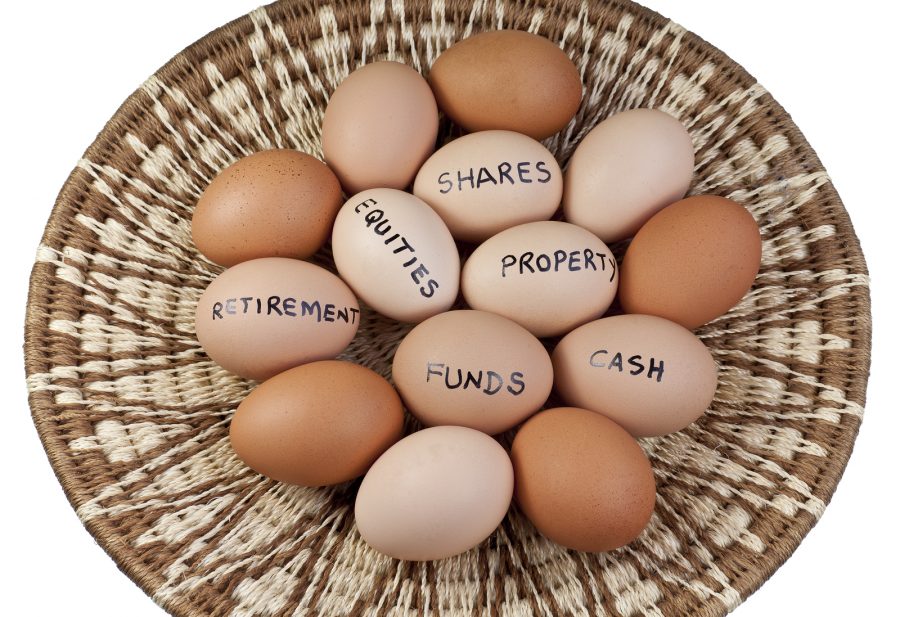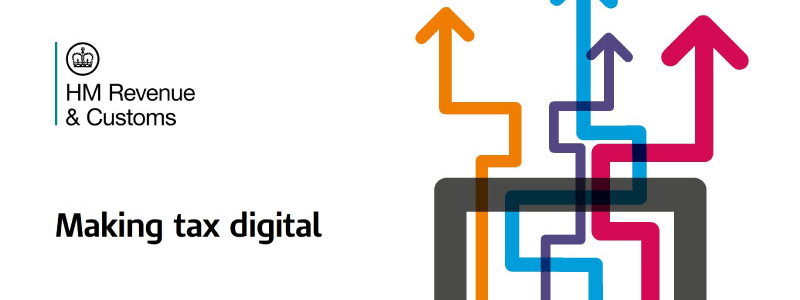
Could’ve, would’ve, should’ve!
It is human nature to look at an investment that has done particularly well and wish you had been invested in it. We all risk being dragged into ‘if only’ mind games: ‘If only I had put a £10,000 into Amazon in 2003, I’d be retired by now’[1]. ‘If only I had bought Bitcoin at £1…’. These thoughts are dangerous to investors, as this fear of missing out (FOMO) can tempt them into taking speculative risks, often based on a rear-view mirror perspective. Concentrated risks have concentrated outcomes, both good and bad.
We have a lot of respect for the fund manager Neil Woodford, but anyone reading the news lately will have seen that his concentrated, high conviction, long-term strategy takes a lot of living with, which few investors seem to have the stomach for. His fund, which peaked at above £10 billion, has less than £4bn in it today and the doors are currently closed to new money and withdrawals. Concentration risks are real.
A powerful insight into the dangers of owning a concentrated portfolio can be found in a piece of research on the US market from 1927 to 2015[2]. Of the 26,000 companies that have been listed on the US exchanges, only 36 made it through the whole period. The total wealth of $32 trillion generated over the period was entirely accounted for by just 4% of companies. The market as whole – the good and bad in aggregate – delivered an annualised return of nearly 7% after inflation p.a. i.e. investors doubled their money roughly every 11 years, over this period. That’s a pretty good outcome and a direct consequence of being diversified.
The difficulties of trying to time markets or to pick companies, sectors or managers, in the face of little evidence that professional investors have persistent skill in these fields suggests that a rational investor should eschew such approaches and seek to place their investment eggs across a wide range of baskets.
Diversification is ‘always having to say you are sorry’
The challenge with owning a diversified portfolio is that sometimes investors fail to look at the big picture, diving into the detail of their portfolio valuation to pick out the fund that is not performing well, and possibly moaning about it. Underperformance does not mean that it is a bad fund or a bad strategy or a bad manager, particularly when systematic, low cost funds are used in the portfolio to capture market returns. It just means that some markets (or parts of markets) are zigging while others are zagging – the very essence of diversification!
A diversified portfolio is not always easy to live with, as there will always be something you don’t own that is doing better than the portfolio and always something in the portfolio that is doing poorly. So, if your adviser has to say they are sorry sometimes about an underperforming fund always remember that a) they are not responsible for market returns and b) they are acting in your best interests by making you remain diversified and stick with the programme.
[1] In 2003 Amazon’s stock price fell as low as $7 per share. At the time of writing, the share price is over $1775
[2] Bessembinder, H., (2017) Do Stocks Outperform Treasury Bills? WP Carey School of Business, Arizona State University.
Other notes and risk warnings
Risk warnings
This article is distributed for educational purposes only and must not be considered to be investment advice or an offer of any security for sale. The reference to any products is made only to make educational points and must, in no circumstances, be deemed to be any form of product recommendation.
This article contains the opinions of the author but not necessarily Pacem Glover and does not represent a recommendation of any particular security, strategy or investment product. Information contained herein has been obtained from sources believed to be reliable but is not guaranteed.
Past performance is not indicative of future results and no representation is made that the stated results will be replicated.
Errors and omissions excepted.




Recent Comments